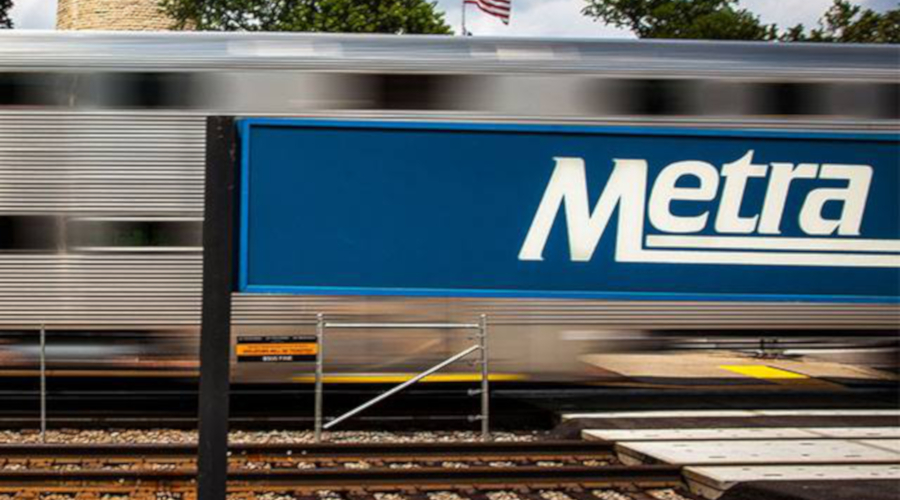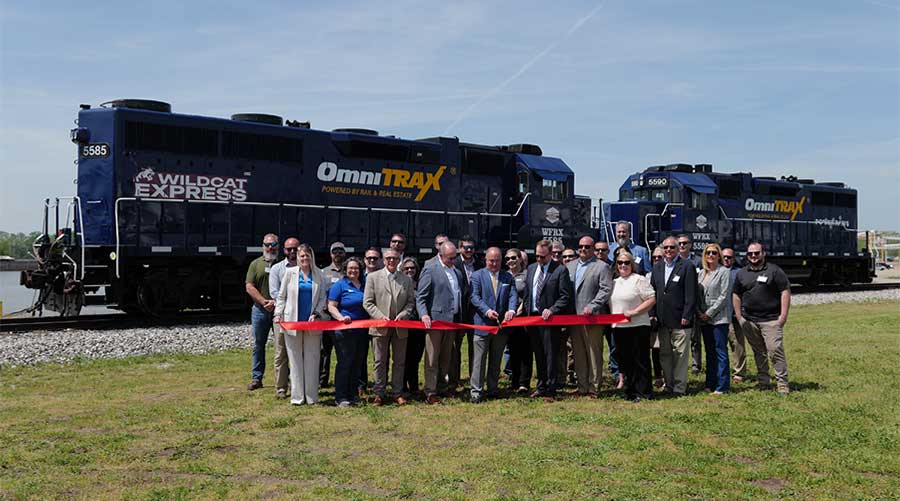Stay updated on news, articles and information for the rail industry
7/27/2015
Rail News: Safety
NTSB study shows ECP brakes outperform other brake systems
As part of its ongoing investigation into a BNSF Railway Co. crude-oil unit train derailment that occurred on Dec. 30, 2013, in Casselton, N.D., the National Transportation Safety Board (NTSB) on Friday released a train braking simulation study.
Prompted by recent crude and ethanol train derailments in North America that caused the release of large volumes of flammable liquids, the study shows that electronically controlled pneumatic (ECP) brake systems out-performed distributed power configurations, NTSB officials said in a press release. Distributed power configurations in turn have out-performed conventional brake systems.
The study provides detailed descriptions and analyses of each braking system and the stopping distances they achieved under various circumstances.
"Over the last decade, the NTSB has investigated a number of catastrophic flammable liquid unit train derailments. Our recommendations have called for improved technologies that can reduce or minimize the risk of derailments," said NTSB Chairman Christopher Hart. "Improved braking capabilities are but one part of the equation in making rail transportation safer."
The study analyzed emergency and full-service brake applications on uniform grade, tangent track with clean, dry rails. It also evaluated the effect of different net braking ratios, which measure the amount of force applied by brake shoes against wheels. Although ECP brake systems performed best, increasing the net braking ratio for any brake system substantially improved its stopping performance, NTSB officials said.
The study was peer-reviewed by technical representatives from the Federal Railroad Administration, BNSF, TrinityRail, Standard Steel, Brotherhood of Locomotive Engineers and Trainmen, and Sharma & Associates Inc.
The U.S. Department of Transportation's final tank-car safety rule issued in May calls for the implementation of ECP brakes — a provision that's opposed by the rail industry due to high installation costs and what the industry characterizes as a lack of evidence to support a safety justification for mandating the brakes.


 2025 MOW Spending Report: Passenger-rail programs
2025 MOW Spending Report: Passenger-rail programs
 Gardner steps down as Amtrak CEO
Gardner steps down as Amtrak CEO
 Guest comment: Oliver Wyman’s David Hunt
Guest comment: Oliver Wyman’s David Hunt
 Women of Influence in Rail eBook
Women of Influence in Rail eBook
 railPrime
railPrime







